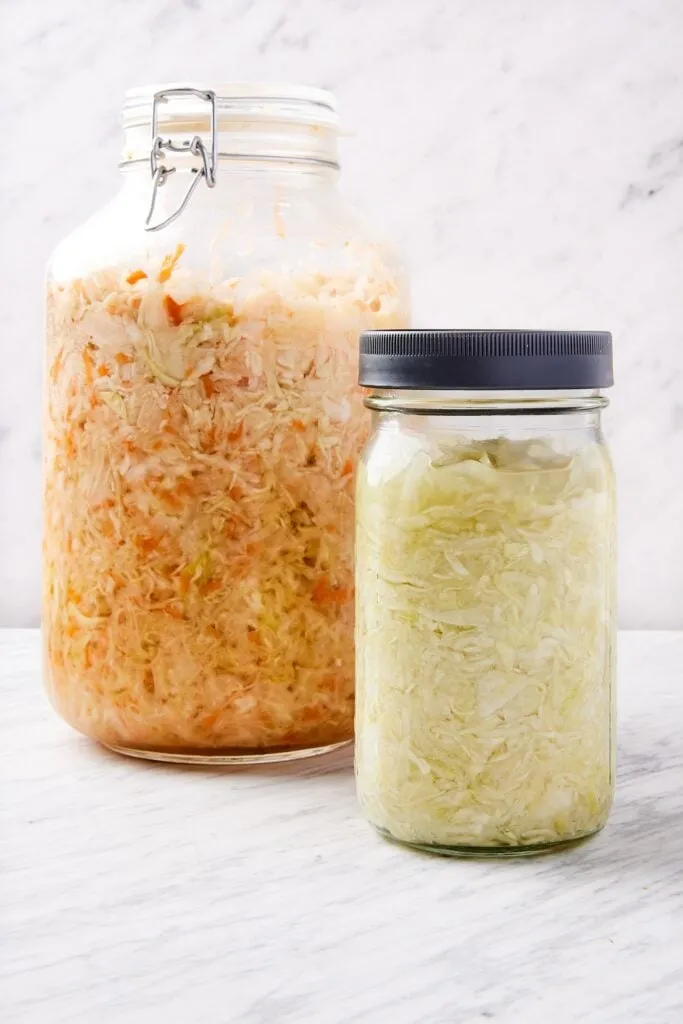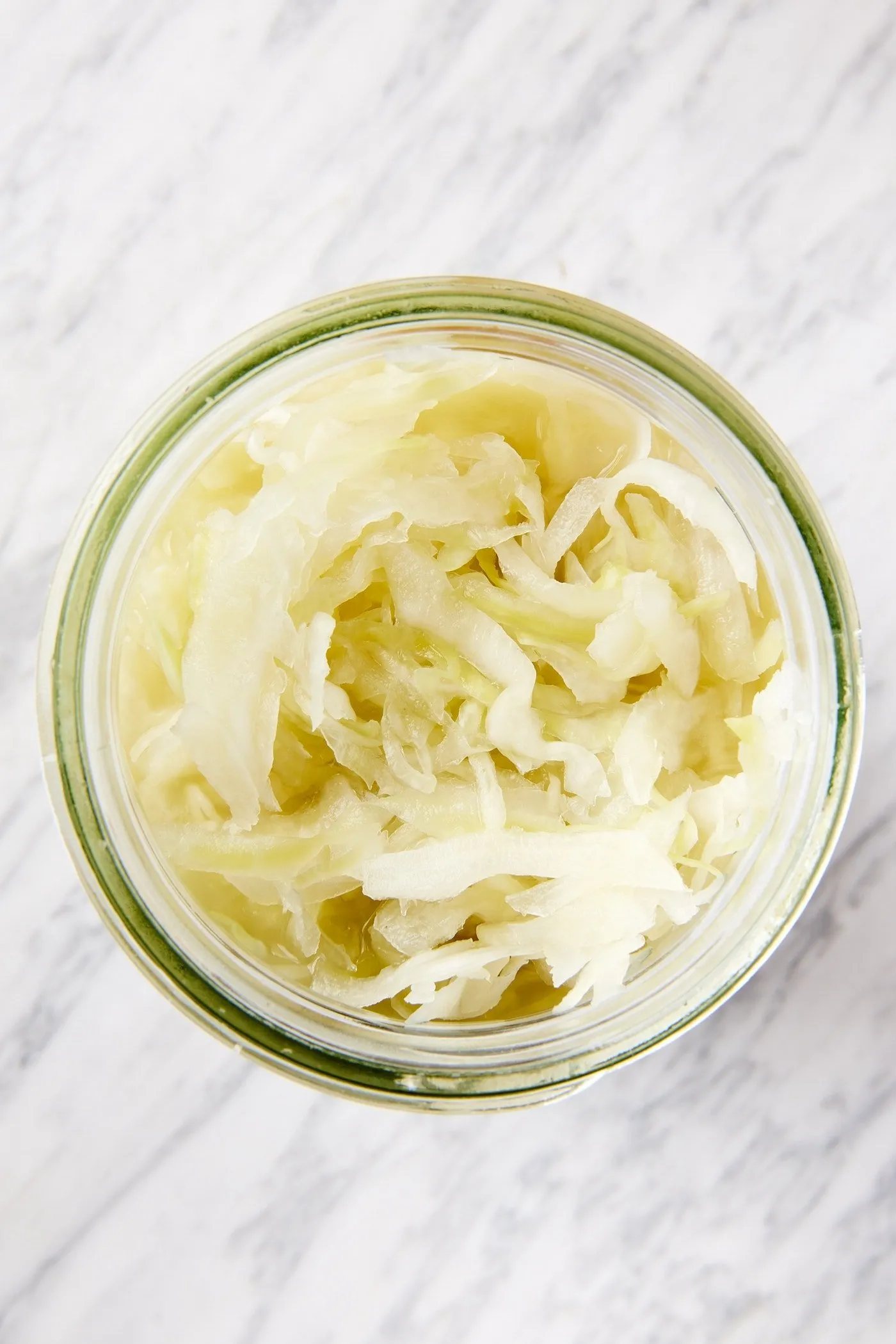Blog
The Art of Fermentation: Making Homemade Sauerkraut

Hey there, fellow art enthusiasts and food lovers! Robert Kline here, your guide to all things handmade, and today we’re diving into the fascinating world of fermentation with a classic and surprisingly easy project: homemade sauerkraut.
Now, you might be thinking, “Sauerkraut? That sour stuff from the grocery store?” And yes, while you can find it jarred on shelves, nothing compares to the flavor and satisfaction of making your own. Trust me, once you taste the tangy, complex flavors of homemade sauerkraut, you’ll never go back!
Why This Age-Old Tradition Deserves a Spot in Your Kitchen
This isn’t just about creating a delicious condiment, though. Fermenting your own sauerkraut is like cultivating a tiny ecosystem of beneficial bacteria, otherwise known as probiotics, that are fantastic for your gut health. Plus, it’s incredibly simple, requiring just two main ingredients and a bit of patience.
Gathering Your Supplies: Simplicity is Key
The beauty of this project lies in its minimal ingredient list:
- Cabbage: Choose a firm, organic head. Remember, we want to encourage those good bacteria, and pesticides can interfere with the fermentation process.
- Kosher Salt: Opt for a pure salt without any additives or anti-caking agents, as these can hinder fermentation.
You’ll also need a few basic tools:
- Large bowl
- Quart-sized jar
- Sharp knife or mandolin
- Cutting board
The Dance of Fermentation: A Step-by-Step Guide
-
Prepping the Cabbage: Rinse your cabbage and remove any wilted outer leaves. Slice it into quarters, reserving one of the outer leaves for later.
-
Creating the Magic: Using a sharp knife or mandolin, thinly slice your cabbage. Aim for shreds about 1/4 inch thick.
 Two jars of homemade sauerkraut sitting on marble surface with white background with one jar filled with carrot along with sauerkraut and the other smaller jar plain.
Two jars of homemade sauerkraut sitting on marble surface with white background with one jar filled with carrot along with sauerkraut and the other smaller jar plain. -
Salt and Massage: In your large bowl, combine the shredded cabbage and kosher salt. Now comes the fun part! Massage the salt into the cabbage for about 5-7 minutes. You’ll notice the cabbage softening and releasing liquid. This is exactly what we want!
-
Packing the Jar: Tightly pack the salted cabbage into your jar, pressing down firmly to create a layer of brine (the released cabbage juice). Take your reserved cabbage leaf and tuck it into the jar, ensuring it’s submerged under the brine. This helps keep the shredded cabbage submerged, preventing mold.
-
Patience is a Virtue: Seal your jar loosely with a lid, allowing gases to escape during fermentation. Store it in a cool, dark place for 2-3 days. You’ll start to see bubbles forming, a sign that the fermentation process is working its magic!
-
Taste and Adjust: After a few days, give your sauerkraut a taste. If it’s reached your desired tanginess, seal the jar tightly and store it in the refrigerator to slow down fermentation. If not, let it ferment for a few more days, tasting periodically.
 White marble surface with glass quart jar filled with homemade sauerkraut showing texture of finished recipe.
White marble surface with glass quart jar filled with homemade sauerkraut showing texture of finished recipe.
Tips from Robert Kline Art:
- Organic is Best: Opt for organic cabbage to avoid any potential interference from pesticides during fermentation.
- Salt Matters: Use pure kosher salt or sea salt for the best results.
- Experiment with Flavors: Once you’ve mastered the basic recipe, feel free to get creative! Add spices like caraway seeds, juniper berries, or even chopped vegetables like carrots for a personalized twist.
A World of Flavor Awaits
Making your own sauerkraut is a rewarding experience that connects you to a long tradition of food preservation and flavor exploration. It’s an art form in itself, transforming simple ingredients into a nutritional powerhouse bursting with flavor.
So, roll up your sleeves, grab some cabbage, and get fermenting! And as always, I encourage you to share your creations and experiences with me and our community here at Robert Kline Art. Let’s inspire each other to explore the wonderful world of handmade goodness!
